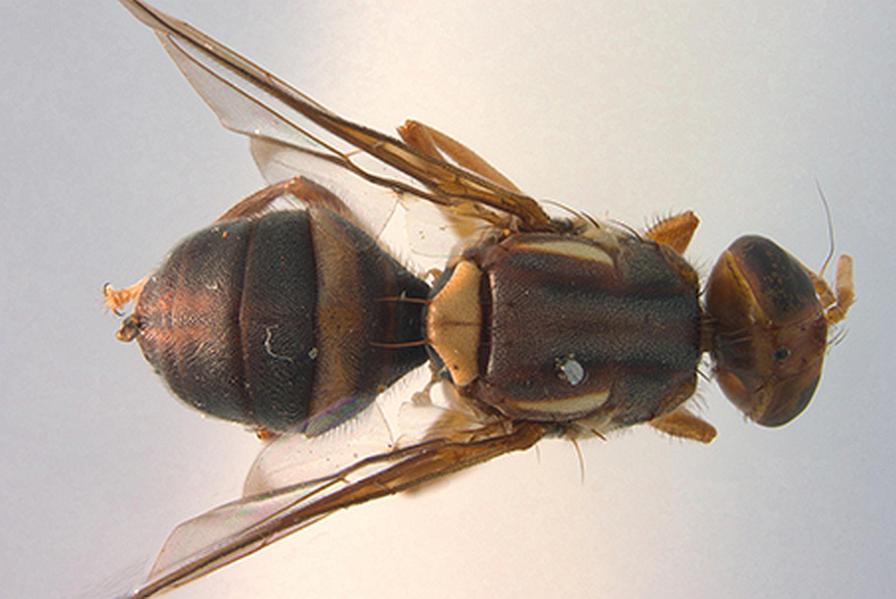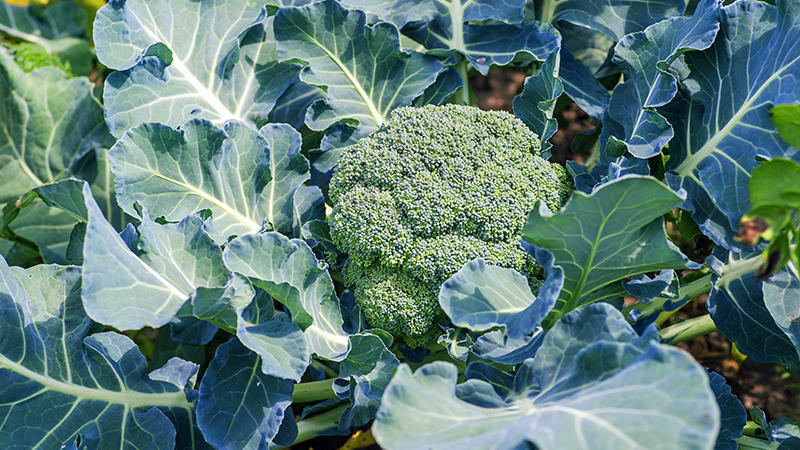Another Exotic Pest Find in California? Say G’day to the Queensland Fruit Fly

Here is an up-close view of the Queensland fruit fly. The invasive species from Australia was recently detected in Southern California. It is a voracious insect that targets numerous agricultural commodities.
Photo courtesy of Bugwood.org
Portions of Ventura and Los Angeles counties in California have been placed under quarantine for the Queensland fruit fly (QFF) following the detection of two adults within the City of Thousand Oaks, in Ventura County. The quarantine area in Ventura and Los Angeles counties measures 76 square miles, bordered on the north by Tierra Rejada Golf Club; on the south by Las Virgenes Reservoir; on the west by Wildwood Park; and on the east by Agoura Hills.
The Queensland fruit fly (Bactrocera tryoni), native to Australia, is a serious pest to the state’s agriculture and natural resources, and is known to target more than 175 different fruits, vegetables, and plant commodities. Important California crops at risk include numerous fruits (including grape, strawberry, fig, citrus, avocado, apricot, peach, cherry, nectarine, plum, pear, and apple), and vegetables (including tomato and sweet pepper). Damage occurs when the female fruit fly lays her eggs inside the fruit. The eggs hatch into maggots, which tunnel through the flesh of the fruit, making it unfit for consumption.
“This has been a record year for fruit fly detections,” says California Department of Food and Agriculture (CDFA) Secretary Karen Ross. “The stakes are high. Help us protect our commercial and backyard gardens from invasive fruit flies – please ‘Don’t Pack a Pest’ when you travel, and don’t mail packages carrying unmarked fruits and vegetables to California.”
Following the principles of Integrated Pest Management, the California Department of Food and Agriculture, working in cooperation with USDA, the Ventura County Agricultural Commissioner, and the Los Angeles County Agricultural Commissioner will utilize a multi-tiered approach to eliminate QFF and prevent its spread to new areas. On properties within 200 meters of detections, staff will cut host fruit to inspect for any fruit fly larvae that may be present. If larvae or mated adult females are found, agricultural officials will hand remove QFF host material (fruits and vegetables) within 100 meters to remove eggs and larvae from the area. Additionally, properties within 200 meters of detections will be treated with a naturally derived, organic-approved material known as Spinosad, which will help remove any live adult fruit flies and reduce the density of the population. Finally, traps that incorporate a pheromone lure and insecticide targeted for exotic fruit flies to attract and eliminate adult male Queensland fruit flies will be utilized.
The most common pathway for these invasive species to enter is by “hitchhiking” in fruits and vegetables brought back illegally by travelers as they return from infested regions around the world or from packages of home grown produce of foreign origin sent to California.
For more information, visit cdfa.ca.gov/plant/qff/regulation.









